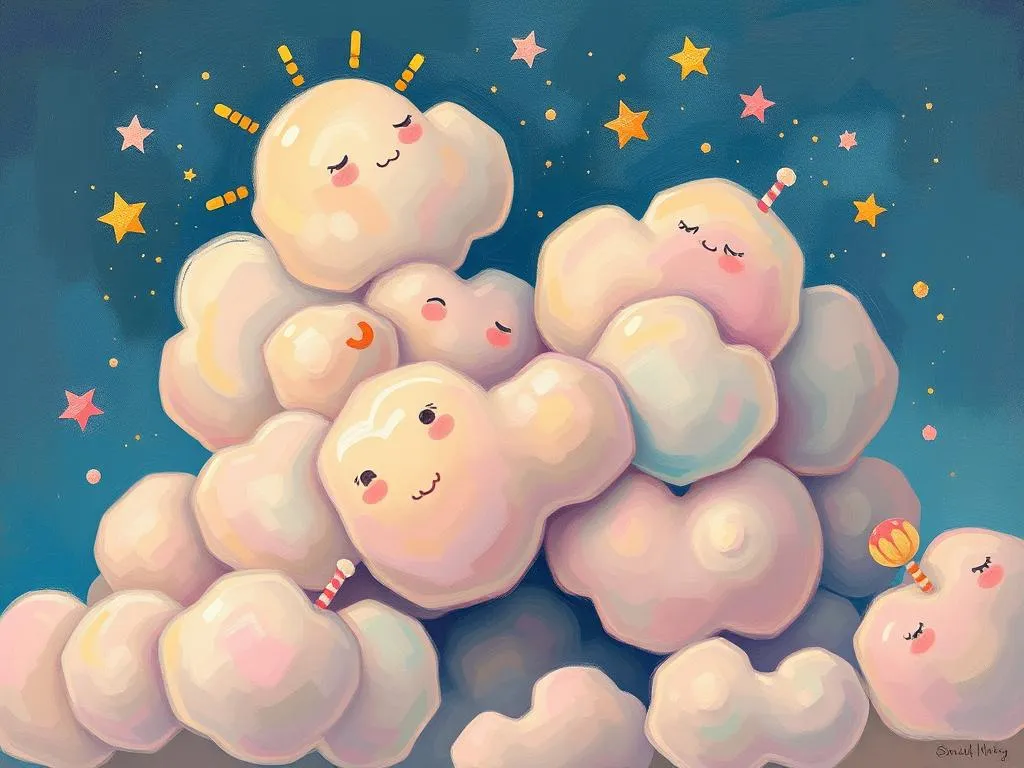
Introduction
Dreams have long fascinated humanity, serving as windows into our subconscious minds. They often reflect our deepest fears, desires, and unresolved conflicts, making them a vital aspect of our emotional and psychological landscapes. The study of dreams, known as oneirology, delves into the symbols and themes that populate our nightly narratives. Understanding these elements can offer profound insights into our waking lives, revealing hidden truths and guiding us toward personal growth. In this article, we will explore the symbolism behind common dream themes, variations in scenarios, and how these elements connect to real-life experiences for deeper self-reflection.
Symbolism and Meaning
Dream symbolism can be intricate and multi-faceted. Each symbol can hold various meanings depending on the context of the dream and the dreamer’s personal life experiences. For instance, water often symbolizes emotions and the unconscious mind. A calm sea might reflect tranquility and emotional stability, while turbulent waves could indicate stress or unrest.
Another common symbol is flying, which can signify freedom, ambition, or a desire to escape from life’s pressures. If you dream of soaring through the skies, it may represent a sense of liberation or achievement. Conversely, if you struggle to gain altitude, it might indicate feelings of being trapped or hindered in your waking life.
Animals also play significant roles in dreams. A snake, for example, can symbolize transformation, healing, or hidden fears, depending on how the dreamer perceives the creature. Similarly, dreaming of a lion may reflect personal strength and courage, or it could indicate feelings of aggression and dominance if the lion is portrayed in a threatening manner.
Additionally, places in dreams hold importance. Returning to a childhood home might evoke nostalgia and unresolved feelings from the past, while being lost in a labyrinth can signify confusion or a search for direction in life. Each setting adds layers to the dream’s narrative, shaping its overall message.
It’s essential to consider the emotional tone of the dream as well. A dream about a beloved pet can evoke joy and comfort, while a dream of a menacing figure may elicit fear. The emotional context can significantly alter the interpretation of the symbols involved, highlighting the personal nature of dream analysis.
Key Scenarios and Variations
Dreams can take on numerous forms, each variation altering the potential meaning. For instance, a common scenario involves falling, which often signifies loss of control or insecurity in one’s life. However, if the dreamer catches themselves mid-fall, it could symbolize resilience and the ability to regain stability in challenging situations.
Another variation is the chase dream. Typically, the dreamer is pursued by an unknown entity, reflecting feelings of anxiety or avoidance in waking life. The identity of the pursuer can shift the interpretation—if it’s a representation of a personal fear, it indicates the need to confront that fear. On the other hand, being chased by a friend or a loved one might suggest tensions in relationships that need addressing.
Repetitive dreams are another fascinating aspect. If a dream recurs, it often points to unresolved issues or emotions that the subconscious is urging the dreamer to acknowledge. For example, dreaming repeatedly about failing an exam might indicate stress about performance or fear of judgment in a waking situation. Addressing these recurring themes can lead to significant personal insight and growth.
In some cases, dreams can blend reality with fantasy, such as dreaming of supernatural abilities. These dreams can convey a sense of empowerment and the desire to break free from limitations. However, if the dreamer struggles to control these powers, it could symbolize feelings of inadequacy or fear of one’s own potential.
Moreover, the time period or setting of the dream can affect the interpretation. A dream set in the future may reflect hopes and aspirations, while one rooted in the past could indicate nostalgia or unresolved childhood experiences. Each temporal aspect adds depth to the overall narrative and allows for a richer analysis of the dream’s significance.
Real-Life Connections and Takeaways
Understanding dream symbolism and variations can serve as a powerful tool for self-reflection. By connecting the themes and symbols of dreams to real-life situations, individuals can gain clarity and insight into their emotional states and life circumstances.
For instance, if a dream frequently involves water, consider current emotional challenges. Are there unresolved feelings that need addressing? Perhaps it’s time to explore those emotions in waking life, whether through journaling, therapy, or open conversations with loved ones. Recognizing the significance of water in your dreams can encourage a deeper understanding of your emotional landscape.
Additionally, exploring the emotions tied to chase dreams can be illuminating. Do you feel overwhelmed by responsibilities or relationships? Reflecting on what you’re avoiding might help you confront those issues, leading to personal growth. Instead of running from your fears, consider facing them head-on; the resolution may bring a sense of relief and empowerment.
If you experience recurring dreams, it’s often a sign that your subconscious is urging you to pay attention to a particular aspect of your life. Take time to reflect on what these dreams mean to you. What unresolved feelings or situations do they reflect? Identifying these patterns can facilitate healing and resolution, helping you to move forward in your life.
Moreover, think about how your dreams express your desires and aspirations. Dreams of flying may reflect a yearning for freedom or achievement. Use this insight as motivation to pursue your goals and aspirations in waking life. Consider setting actionable steps towards those dreams, whether in your career or personal life.
Lastly, consider keeping a dream journal. Writing down your dreams upon waking can help you track recurring themes or symbols, providing clarity over time. As you document your dreams, reflect on your emotions and any connections to your waking life. This practice can deepen your understanding of yourself and illuminate paths for personal growth.
Conclusion
Dream analysis is a profound journey into the subconscious, offering valuable insights into our emotions, fears, and aspirations. By exploring the symbolism and variations of dreams, we can unlock a deeper understanding of our waking lives. Embrace the power of dreams as a tool for self-reflection and personal growth, and allow them to guide you toward greater self-awareness and emotional well-being. As you navigate the landscape of your dreams, remember to listen to the messages they convey, for within them lies the key to unlocking your true self.







